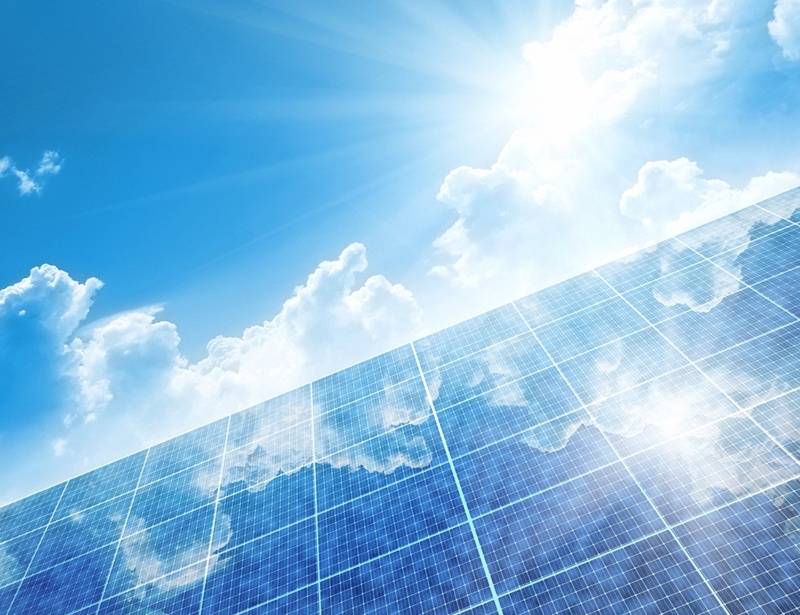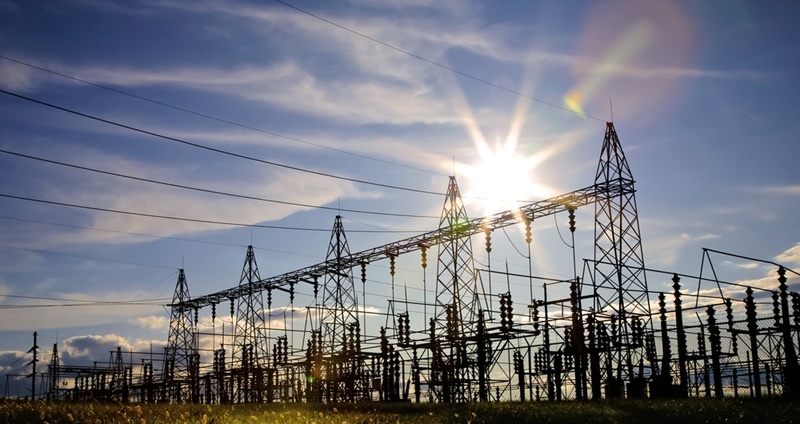Changes to perspective many help energy sector encourage distributed resources
Distributed energy resources will play a vital role in the modernization of the national energy grid. Incorporating clean energy generation like residential and commercial rooftop solar and integrating demand response technology into America's aging infrastructure will no doubt upgrade all angles of the industry, from production through distribution to end-use.
That said, DER proliferation in today's industry may appear somewhat haphazard, a Wild West of energy without much oversight, planning or unified front. Given the importance of this new approach to cast innovation as the dowsing rod for the future of the energy sector, carving out distinct initiatives for DERs can improve grid functions faster and allow it to operate with greater efficiency sooner. What aspects regarding distributed energy resources should receive the most attention to affect such a change?
"There's more to DER adoption than mere financial exchange."
Properly apportioned risks and rewards for DER integrators
Programs like net metering for solar installations give merit to the technology beyond that of clean energy novelty. Many people believe homes and businesses that add to grid capacity with clean energy ought to receive a fair market value for the electricity they produce, as this will encourage others to follow suit.
That said, there's more to DER adoption than mere financial exchange. A study conducted by Public Utilities Fortnightly stated these deployments also detract - and thereby, subsume - risks that would otherwise be contracted by the greater energy sector. According to a Utility Dive assessment of Fortnightly's findings, considering this complex relationship between DER proponents and the energy industry at large has its benefits. Factoring in risk into the equation for paying DER ratepayers gives energy companies a more specific depiction of what these parties are actually owed, removing threat of over- and undercompensation.
This update alone could spur DER proliferation, as families and business owners begin to feel a greater degree of protection by regulators in the industry they help modernize with their investment.

California plans to open the energy market to distributed energy resources
Sometimes, to encourage a fledgling to fly, you've got to kick it out of the nest. - and that's exactly what's happened out west this past summer. The California Independent System Operator has set in motion a plan to more adequately incorporate smaller distributed energy response providers into regional energy markets.
As CAISO spelled out in its final proposal, though the importance of DERPs cannot be understated, participatory regulations in ISO markets can disqualify this technology outright from taking advantage of a market foothold. For instance, the minimum set in place for supply resources only goes as low as half a megawatt. However, this paradigm segments DER installations because of their typically low independent throughput. CAISO's example of a battery storage system discharging a maximum of 2 or 3 kilowatts illustrates the problem further. Not taking careful regulatory consideration as to the nature of DERs and the interconnectedness of DERPs deprives these valuable investments the opportunity to flourish.
Distributed energy resources don't need a fighting chance to succeed - they are the future of the national grid and how people use energy. The question is, will the energy sector knock down bureaucratic hurdles restricting DER development?
This content is property of ESCO Advisors and all reproductions must reference and link back to the ESCO Advisors website.
Share this
You May Also Like
These Related Stories

California balances the good with the bad amid energy rate reform


